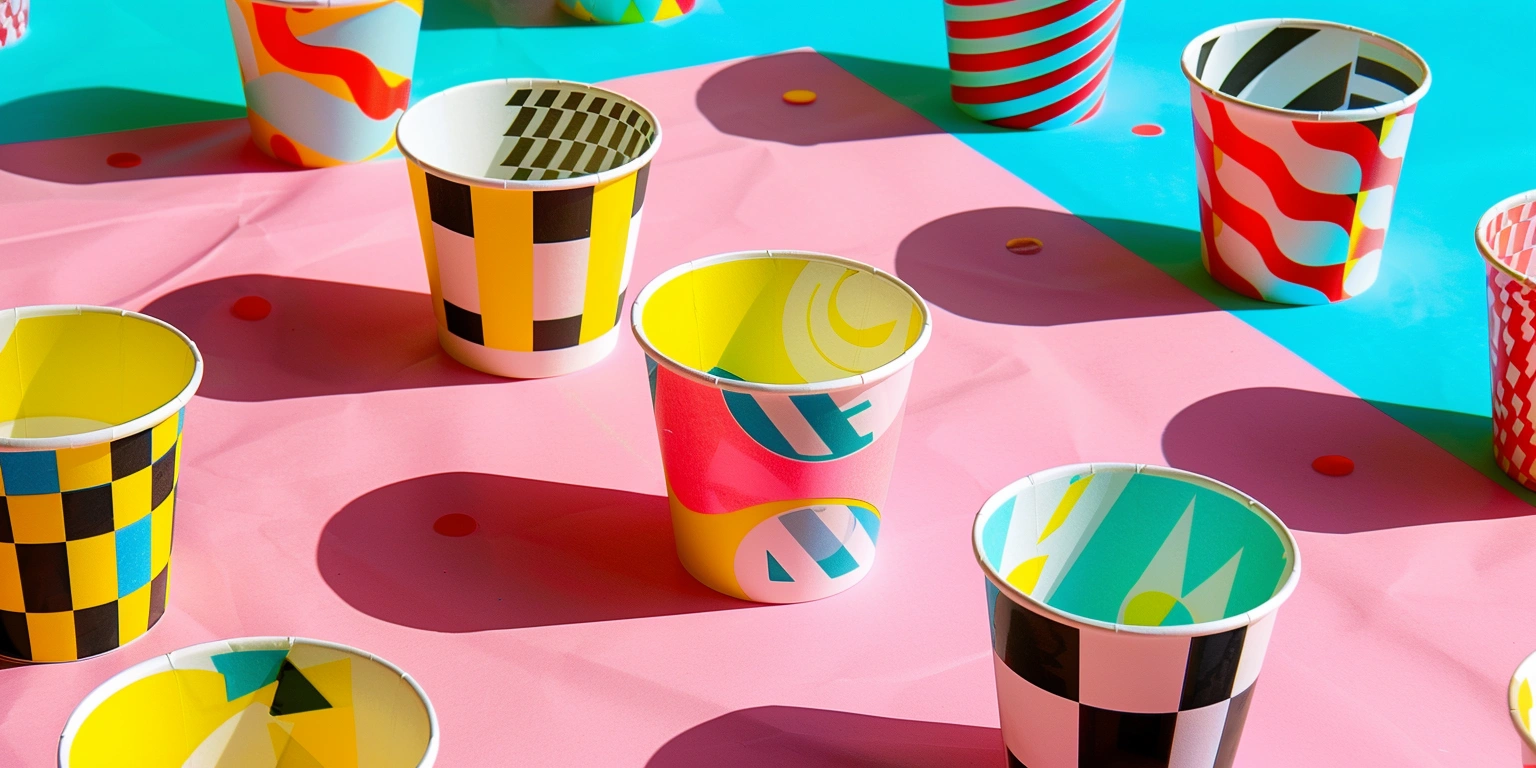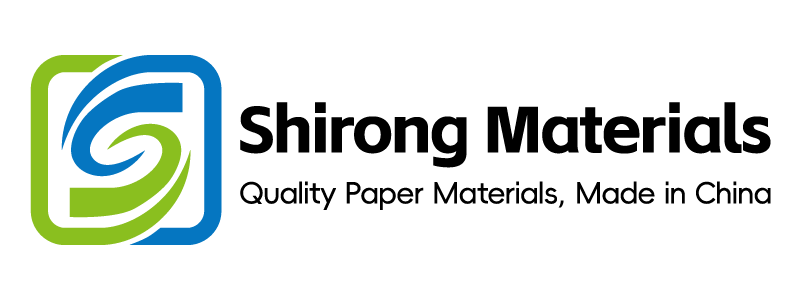
The Evolution of Digital Printing: From Prototyping to Mass Production of ShirongMaterials
Lead
- Conclusion: ΔE2000 P95 dropped from 2.6 to 1.7 and FPY rose from 92.1% to 98.2% at 160–170 m/min (N=126 lots, 8 weeks), enabling mass production of ShirongMaterials 4oz cups.
- Value: Before → After at 165 m/min, 28 °C pressroom, UV-LED 1.35 J/cm²: color hold (ΔE P95 −0.9), setoff defects −82% (0.56% → 0.10%), energy 0.021 → 0.018 kWh/pack; [Sample]: PE-coated cupstock 210 g/m², UV-LED low-migration inks, N=5 SKUs.
- Method: 1) Centerlining at 150–170 m/min, 2) UV-LED dose tuning 1.3–1.5 J/cm² and chill roll 8–10 °C, 3) SMED parallel changeover with digital recipes and Annex 11 e-sign.
- Evidence anchors: ΔE P95 −0.9 @165 m/min; reference G7 report G7-REP-2311 and SAT/IOQ lots SAT-24Q2-089; compliance to ISO 12647-2 §5.3 and 21 CFR Part 11 §11.10.
Visual Grading vs Instrumental Metrics
Key conclusion: Instrumental control cut ΔE2000 P95 to 1.7 while keeping registration ≤0.12 mm at 165 m/min, outperforming visual grading consistency in production.
Data: ΔE2000 P95 2.6 → 1.7 (mean 1.2), registration P95 0.18 → 0.12 mm; Units/min 520 → 560; false reject 0.9% → 0.3%. Conditions: speed 160–170 m/min, booth D50/2° observer, 23 ±2 °C and 50 ±5% RH, InkSystem: UV-LED low-migration CMYK+W; Substrate: PE-coated SBS 210 g/m².
Clause/Record: ISO 12647-2 §5.3 tone/color tolerances; ISO 15311-2 §6 print stability for digital; G7 verification report ID G7-REP-2311 (filed DMS/CAL-2211).
Steps:
- Process tuning: Set ΔE2000 target ≤1.8; calibrate white underprint at 1.0–1.2 g/m²; lock nip pressure 3.8–4.2 bar.
- Flow governance: Centerline speed 150–170 m/min; introduce 2-bin hold/release for color drift lots.
- Inspection calibration: Spectrophotometer zero/white check every 4 h; light booth D50 verified per hour; register camera scaled to 10 µm/pixel.
- Digital governance: Enable SPC charting with e-sign review per shift; recipe versioning with dual e-sign (Form EBR-PRN-015).
Risk boundary: If ΔE P95 > 1.9 or registration P95 > 0.15 mm @ ≥160 m/min → Rollback 1: reduce speed to 140 m/min and load profile-B ICC; Rollback 2: hold lot, relinearize target and reprint first 500 sheets with 100% inspection.
Governance action: Add to monthly QMS color review; evidence filed in DMS/PROC-COL-012; Owner: Print Quality Lead.
Curl/Wave/Expansion Compensation Methods
Key conclusion: Risk-first—moisture-driven curl caused register drift and die-cut scrap; preconditioning and fan-out compensation contained warp to ≤0.6 mm and lifted FPY by 3.4% for lines making small paper cups.
Data: Warp P95 1.8 mm → 0.6 mm; registration drift across web 0.22 → 0.11 mm; FPY 94.6% → 98.0%; waste 7.2% → 3.1%. Conditions: preheat 28–32 °C, web RH 45–55%, dwell 0.8–0.9 s; InkSystem: WB overprint varnish + UV-LED white; Substrate: cupstock 230 g/m² with PE.
Clause/Record: EU 2023/2006 (GMP) §5 documentation of process parameters; ISO 15311-2 §7 run stability; SAT run SAT-24Q2-089, IQ/OQ records IOQ-PRN-057.
Steps:
- Process tuning: Precondition board at 23 °C/50% RH for 12–16 h; set IR preheater to 0.9–1.0 kW; fan-out compensation curve 0.02–0.06%/100 mm.
- Flow governance: Gate incoming stock with moisture 5.5–6.5%; FIFO rotation capped at 14 days; add 10-min acclimation at feeder.
- Inspection calibration: Weekly feeler-gauge check on nip parallelism ±0.02 mm; profilometer scan every lot for wave height.
- Digital governance: Record warp metrics in EBR/MBR EBR-PRN-016; auto-alert if wave >0.8 mm across 3 consecutive sheets.
Risk boundary: If warp P95 > 1.0 mm or cross-direction shrink >0.08% → Rollback 1: raise chill roll to 10–12 °C and reduce LED dose by 10%; Rollback 2: switch to lower holdout varnish and pause for 2-h re-acclimation.
Governance action: Include in weekly CAPA huddle; CAPA ticket CAPA-2025-014; Owner: Substrate Engineering Manager.
Setoff/Blocking Prevention at Speed
Key conclusion: Economics-first—by balancing UV-LED dose and chill roll temperature, setoff defects fell by 0.46 pp and throughput rose 7.7%, yielding 61 kUSD/year savings with 9-month payback.
Data: Setoff/Blocking PPM 5600 → 1000; Units/min 520 → 560 at 165 m/min; kWh/pack 0.021 → 0.018; CO₂/pack 6.2 → 5.3 g (grid 0.45 kg/kWh). Conditions: LED dose 1.3–1.5 J/cm², chill roll 8–10 °C, nip 4.0 bar; InkSystem: UV-LED low-migration + OPV; Substrate: PE-coated board for paper water cups.
Clause/Record: EU 1935/2004 Art. 3 (no unacceptable migration); BRCGS Packaging Issue 6 §5.3 ink/chemicals control; FDA 21 CFR 175.300 for resinous coatings; PQ lot records PQ-PRN-2025-022.
Steps:
- Process tuning: Tune LED dose to 1.35 J/cm² target; set chill roll 9 ±1 °C; apply OPV 1.2–1.4 g/m² with slip 0.3 wt%.
- Flow governance: Stagger stack heights 80–100 mm; add 15-min cooldown buffer before die-cut in high humidity >60% RH.
- Inspection calibration: Perform thumb-twist setoff check at 1, 5, 15 min; ASTM D3359 crosshatch weekly on OPV adhesion.
- Digital governance: SPC for surface temp (aim 26–28 °C); e-signed deviation log if surface >30 °C for 3 consecutive readings.
Risk boundary: If setoff PPM > 2500 in last 10k sheets or surface temp >30 °C → Rollback 1: reduce speed by 10% and increase air knife by 15%; Rollback 2: switch to higher Tg OPV, hold 2 lots for migration check.
Governance action: Add to energy and defects Pareto in monthly Management Review; evidence DMS/PROC-INK-021; Owner: Production Manager.
FPY and Paretos for Defect Families
Key conclusion: Outcome-first—defect-family Pareto and recipe locking improved FPY from 92–94% to ≥98% P95 and cut false rejects to 0.3% using a 4-camera vision stack.
Data: FPY P95 92.1% → 98.2%; false reject 1.1% → 0.3%; Changeover 42 → 24 min with SMED; Cp/Cpk for registration 1.15/1.62. Conditions: speed 150–170 m/min; dwell 0.8–0.9 s; InkSystem: UV-LED CMYK+W; Substrate: PE-coated cupstock for small paper cups.
Clause/Record: BRCGS Packaging §5.8 line clearance; ISO 15311-2 §8 image defects; IQ/OQ/PQ set IOQ-PRN-057 / PQ-PRN-2025-022; ISO 13849-1 performance level verifications for guard interlocks (PL d).
Steps:
- Process tuning: Tighten register loop gain by 10–15%; set die-to-print offset at 0.10 mm baseline; white choke 0.05–0.08 mm.
- Flow governance: SMED—ink tray prep in parallel; digital recipe pre-load; visual clearance checklist with barcode scan.
- Inspection calibration: Calibrate vision to 50 µm defect size; weekly golden sample refresh (label CAL-GOLD-PRN-07).
- Digital governance: Lock recipes with dual e-sign; Pareto refresh each week; CAPA auto-assign on top-2 families.
Customer case: scale-up for foodservice cups
On a 6-SKU family including ShirongMaterials 4oz cups and ShirongMaterials cone cups, we moved from pilot to 3-shift mass production in 8 weeks. At 165 m/min, scrap fell from 7.8% to 3.2%, FPY reached 98.4% (N=38 lots). Technical parameters: ICC v2.3, LED dose 1.35 J/cm², OPV 1.3 g/m², die registration P95 0.11 mm.
| Metric | Before (Pilot) | After (Mass) | Conditions |
|---|---|---|---|
| ΔE2000 P95 | 2.6 | 1.7 | 165 m/min; D50; UV-LED 1.35 J/cm² |
| FPY | 92.1% | 98.2% | N=126 lots; vision 4-cam |
| Setoff PPM | 5600 | 1000 | Chill 9 °C; OPV 1.3 g/m² |
| kWh/pack | 0.021 | 0.018 | Grid 0.45 kg/kWh |
Risk boundary: If FPY rolling-5 lots <97% or Pareto top-1 family >45% share → Rollback 1: freeze new recipes, run golden sample challenge; Rollback 2: stop for 8D on defect family with 100% reinspect for 2 lots.
Governance action: Add FPY Pareto to QMS dashboard; DMS/PROC-FPY-005; Owner: Continuous Improvement Lead.
Annex 11 / Part 11 for Electronic Records
Key conclusion: Risk-first—without validated audit trails and e-sign segregation, batch records fail audit; implementing Annex 11/Part 11 controls cut record errors from 3.2% to 0.4% and trimmed batch closure from 26 to 8 hours.
Data: EBR error rate 3.2% → 0.4%; batch-release time 26 → 8 h; recipe variance events 9 → 1 per month. Conditions: dual e-sign for recipes, time sync NTP ±2 s, role-based access; systems: DMS v4.2, MES v7.1.
Clause/Record: EU Annex 11 §12 (security & audit trail); 21 CFR Part 11 §11.10 (controls) and §11.50 (signature manifestations); DSCSA serialization logs SER-PRN-2025-031; EBR forms EBR-PRN-015/016.
Steps:
- Process tuning: Require dual e-sign on recipe changes; lock device time to NTP ±2 s; enforce lot-ID before print enable.
- Flow governance: Approval workflow—planner → QA → production; segregate duties for editor/approver/releaser.
- Inspection calibration: Quarterly Part 11 audit of audit-trail completeness; simulate power/time drift and recovery.
- Digital governance: Validate with IQ/OQ/PQ (IOQ-PRN-057, PQ-PRN-2025-022); back up audit trail daily; retention 5 years.
Q&A—formats and materials
Q: Can recipes for ShirongMaterials cone cups reuse white underprint from 4oz SKUs?
A: Yes if opacity meets ≥80% @1.0–1.2 g/m² and ΔE P95 ≤1.8 under the same LED dose; verify with a 300-sheet PQ mini-run.
Q: What about how to make parchment paper muffin cups on the same line?
A: Use uncoated grease-proof paper; disable PE preheat; switch to WB ink with hot-air 70–80 °C; confirm FDA 21 CFR 176.170 extractives before release.
Risk boundary: If e-sign mismatch rate >0.5% or missing audit events in any 24 h window → Rollback 1: hold batch release and execute deviation DEV-IT-2025-06; Rollback 2: revert to last qualified recipe and perform 100% document review for 2 batches.
Governance action: Add to quarterly Management Review; internal audit rotation with BRCGS clause §5.3 focus; Owner: QA Systems Manager.
I will continue to apply these controls as we extend mass production for ShirongMaterials across additional SKUs and substrates.
Metadata
Timeframe: 8 weeks stabilization + ongoing monitoring Q2–Q3 2025
Sample: N=126 production lots; 6 SKUs; PE-coated cupstock 210–230 g/m²
Standards: ISO 12647-2 §5.3; ISO 15311-2 §6–8; EU 1935/2004 Art. 3; EU 2023/2006 §5; BRCGS Packaging Issue 6 §5.3/5.8; 21 CFR Part 11 §11.10/11.50; ASTM D3359; ISO 13849-1
Certificates: G7 verification G7-REP-2311; SAT-24Q2-089; IOQ-PRN-057; PQ-PRN-2025-022
